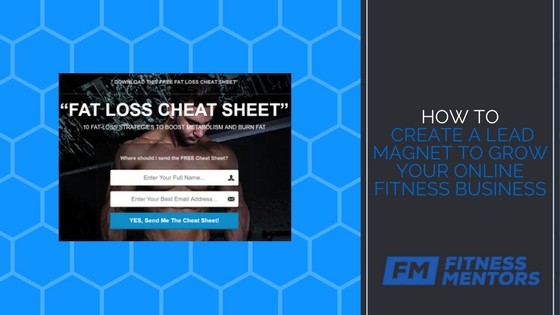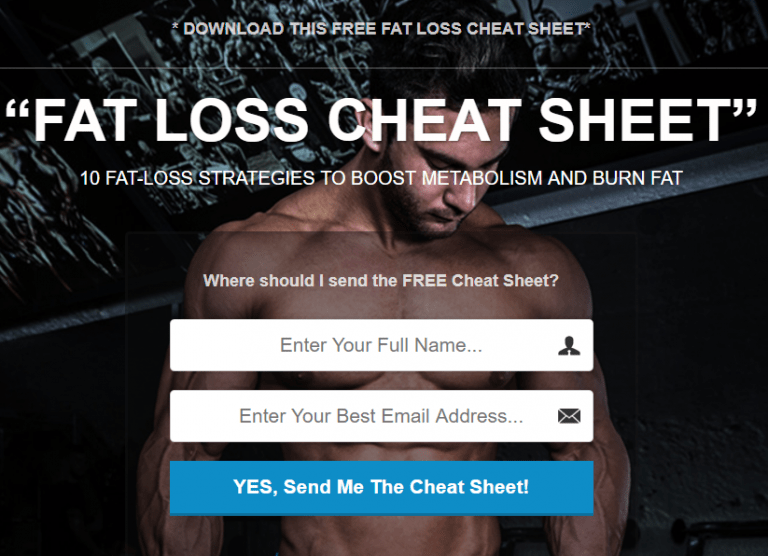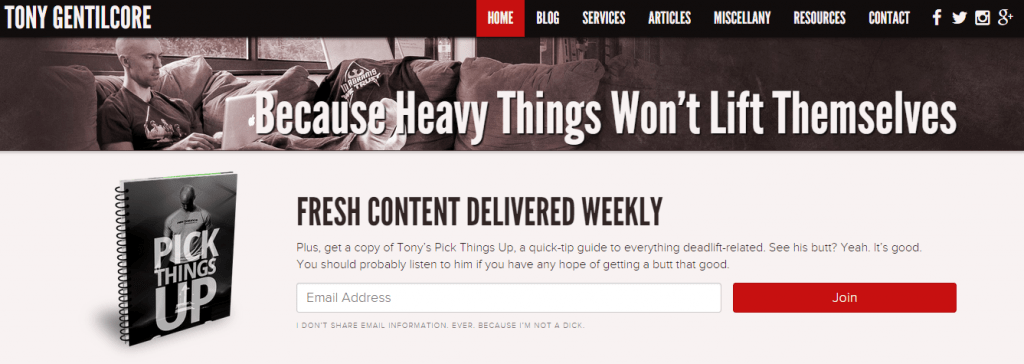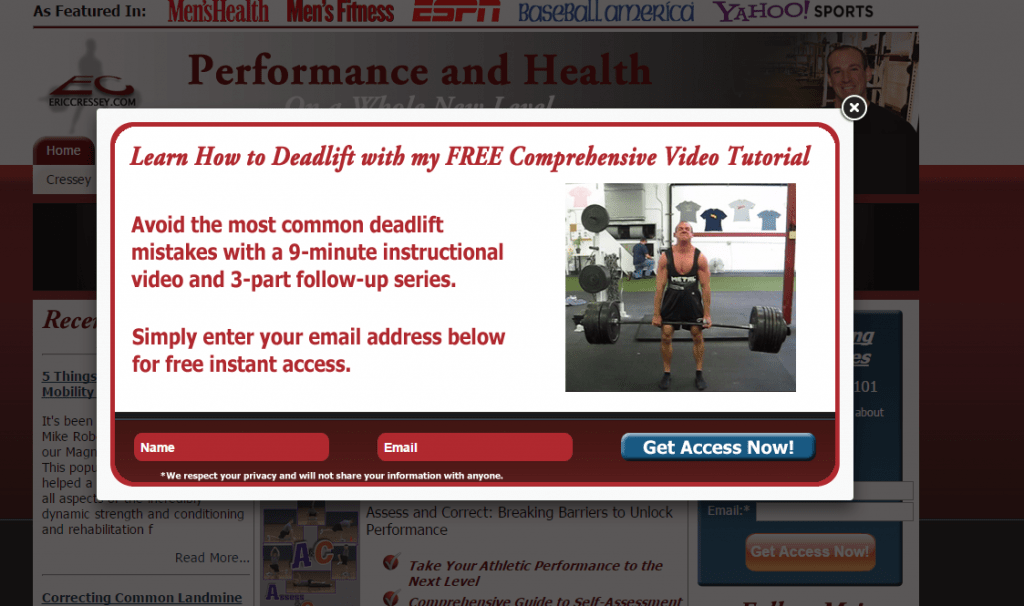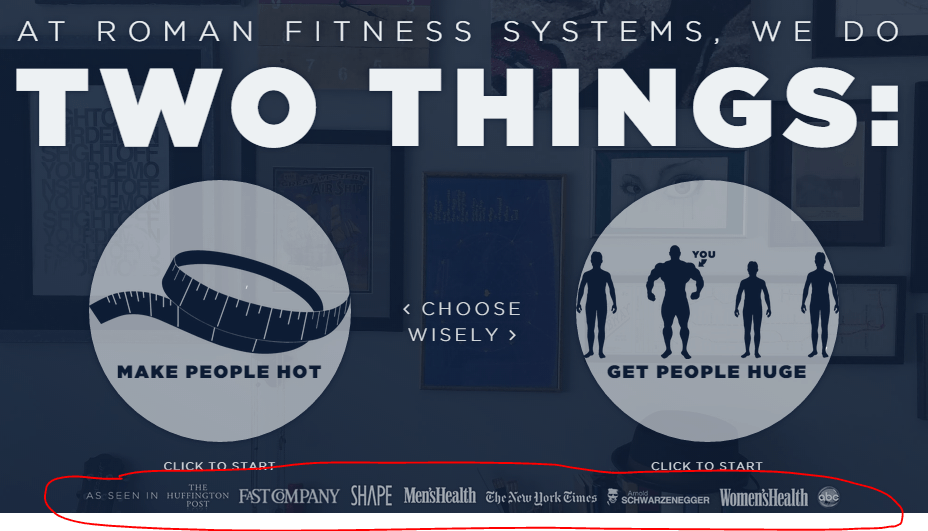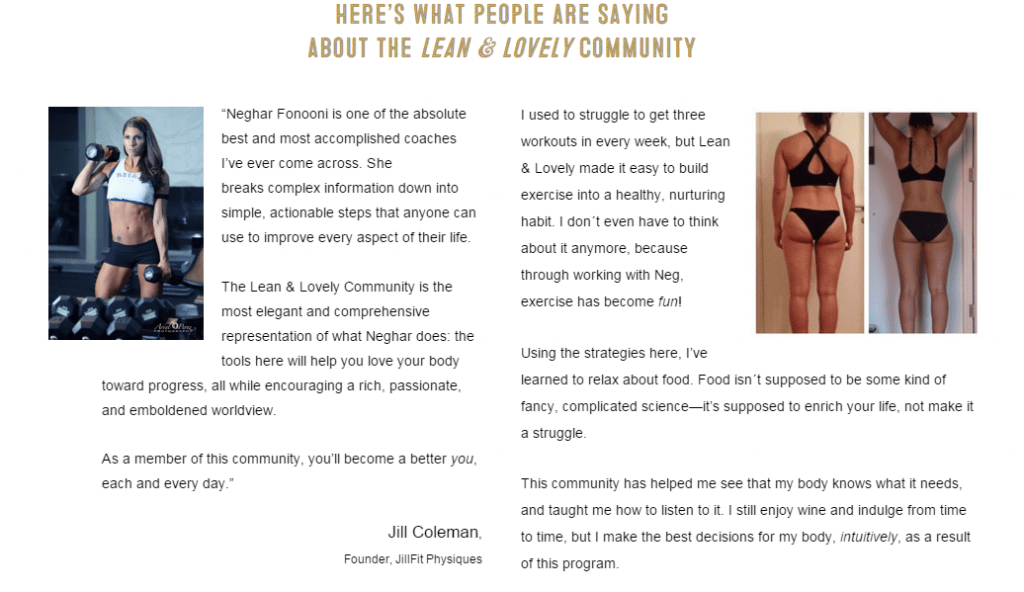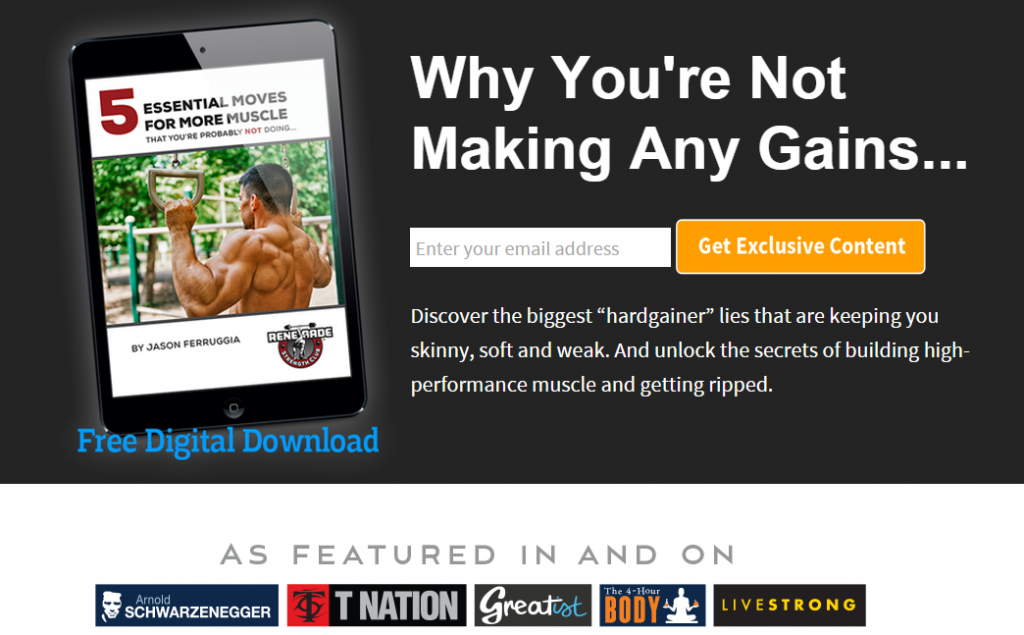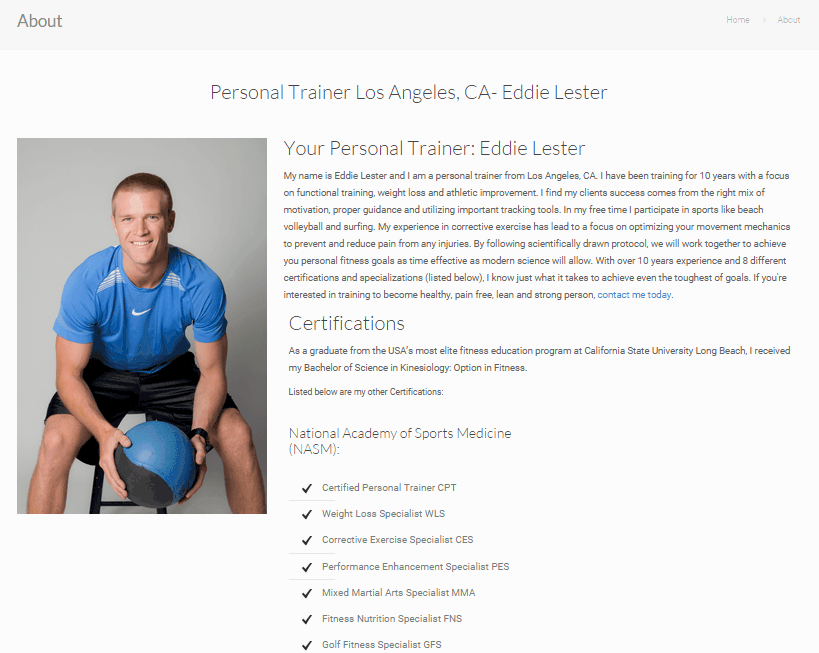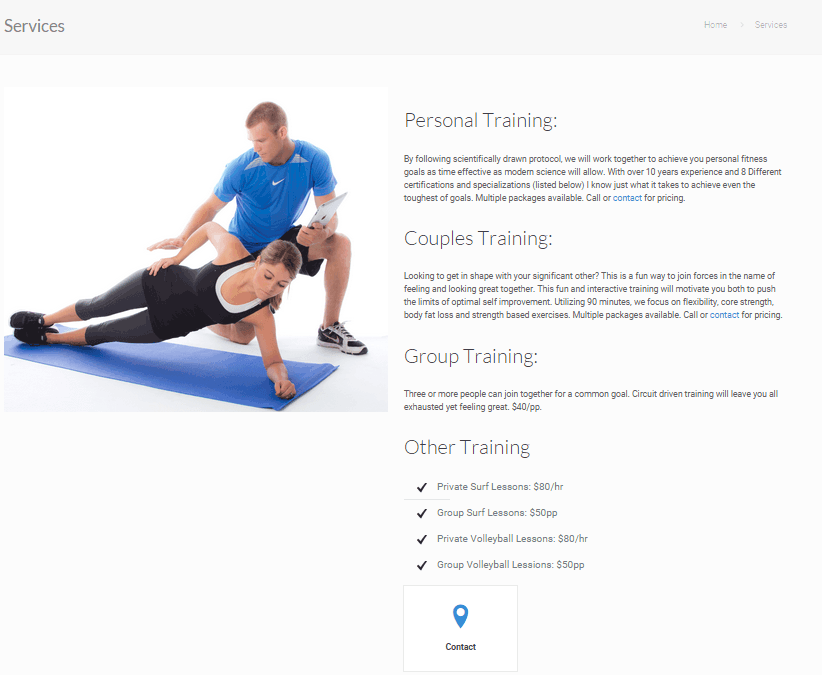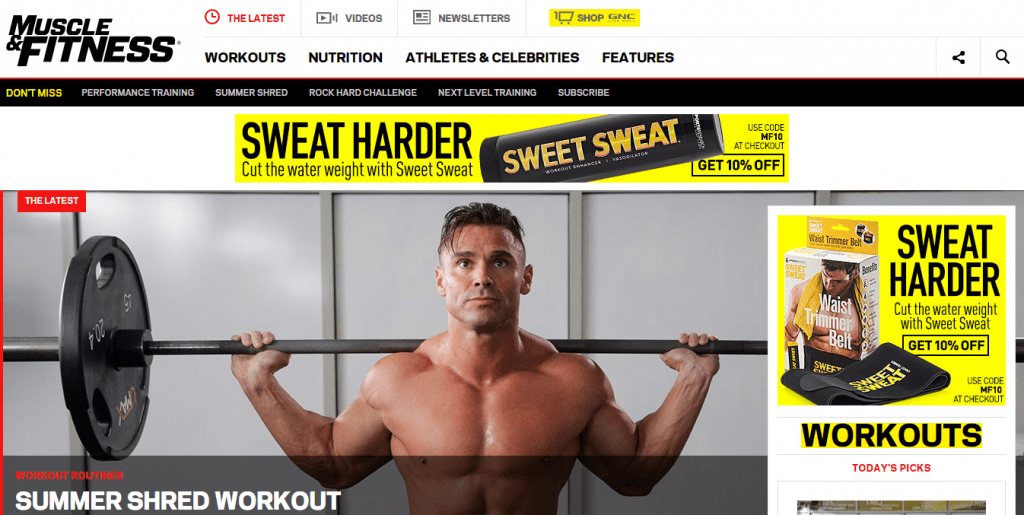Content Marketing for Personal Trainers:
3 Steps to Success
Learn how to create your first 3 pieces of online content to generate word of mouth, increase exposure, and get online clients with nothing more than your smartphone and expertise.
Every personal trainer should be creating content for their online following to maximize their earning potential. Content creation can be used to grow your business and create a loyal customer base.
There are many benefits of creating online content:
• Establish yourself as an authority
• Help tons of people with their fitness problems
• Generate new clients
• Create an online source of income
• Increase your professional footprint
• Connect with new people
• Create new career opportunities
• Your current clients will be proud to share your content to their friends
• Get more clients without spending money on advertising
Here’s how to create the most amount of top quality content with the least amount of effort.

How to Create Your First 3 Pieces of Online Content
1
Think of a solution to one client’s pain point.
Start by thinking about a singular problem that one of your clients have. Think about if this problem is unique to them or if it’s something that you think other people also struggle with.
2
Write a blog article
Write an article solely focused on fixing this problem for that specific client. It doesn’t have to be long either, try to cover 3 main points in 700- 1,500 words (for reference: this article is about 1200 words). Your 3 points should be as follows:
**Intro:** state the problem that your client is facing and give some background information that makes the readers feel connected with them. Feel free to use a made up name if your client likes to be private.
**Innovative solution:** talk about how they overcame this hurdle and how you helped them do so. Relay this information in a way that makes it clear how the reader can apply this information to their own life
**Conclusion:** Highlight the 3 biggest takeaways from your message and give them ONE actionable thing they can do to get started. This part should paint the resolution after the problem is fixed, show the reader how good it feels to fix that pain point that they’re currently struggling with. Show them how the grass is greener.
After providing a well written solution to the problem, post this on your blog. If you don’t have a website you can create a highly functional and beautiful site with WordPress for an inexpensive cost, I’d recommend that option for anyone starting their online personal training journey.
3
Create a short video
Now that you have a completed script about your topic you need to create a video about this same topic because most people would rather watch someone enthusiastically explaining how they can improve their quality of life rather than reading about it. Plus the same people who read and liked your article will be more inclined to share your video now that they trust your information which helps them and others put a face to the name. This is vital in becoming known, liked, and trusted. In order to become a successful personal trainer you will need to complete the K, L, T triad and this is one of the quickest ways to accomplish this.
All you need is an iPhone that shoots in a quality of at least 720p (most shoot in 1080 or higher) and a stand for your phone. Amazon has smartphone tripods for as low as $10. You don’t need any fancy cameras or studio equipment to shoot a simple landscape (turn your phone sideways) view video from your chest to slightly above your head. Experts call this the “talking head” frame and it’s about as personable as it gets; the focus here is simply your face (know), your personality (like), and your knowledge (trust).
Here was one of my very first videos:
Keep this video short and sweet, use jump cuts to edit out the rambling, only keep the best sentences. It may seem weird at first to watch yourself jump from sentence to sentence but it actually makes it easier to watch for the viewer and reduces any down periods in your video. Keep it between 1-4 minutes because these days people have very short attention spans and if it’s too long people will scroll past anything that seems too time consuming.
Here is what my videos with jump cuts look like now.


Video editing software: I use iMovie just because it’s simple and I can usually edit 10 minutes of raw footage into a solid 3-4 minute video within about 30 minutes. You can also use FilmoraGo and Splice (both free and available on your smartphone).
4
Condense to make it easily consumable
Next thing you need to do is condense your blog article/video to an easily consumable Facebook post, tweet headline, and Instagram caption. You can do this by copying and pasting the 3 main points of your blog post/video into a separate word document (I just use the notes app on my iPhone) and then editing it to flow well together. This should be between 100-400 words max and it should be captivating enough to make readers want to head to your blog post or watch your video to learn more.
To shorten your videos you can go into your video editor to cut your video down to 1 minute so it fits Instagram’s time restriction or just post different sections of the video for multiple posts per video.
Remember to clearly explain how they can access your other content. You can even include the link to the video or article in this same post or in your bio on Instagram and Twitter.
5
Schedule and repeat
Once you do this one time you will understand the cycle of repurposing content to maximize your impact for your content creation efforts. After a couple times you will be able to see what form of content resonates best with your audience. Don’t forget to pay attention to the times you are posting throughout the day.
Always pay attention to the schedule of your target demographic: I tend to post my written articles at 12pm on Tuesdays and Thursdays and my videos around 4pm on Mondays and Wednesdays. I do this because most of my potential clients are at work from 8-4pm so they can’t listen to the audio on a video while they are at their desk, but they tend to be able to read an article after their lunch break or during slow periods throughout the day.
So now you have your first blog for your website, a post for Facebook, Instagram, and twitter, and your first YouTube video! I’ve given you a strategy to squeeze the most amount of content for all of your content creation efforts to ensure that you stay motivated and encouraged while getting the results that you want. Hopefully this helps you get your first few online clients within the first month like it did for me!
Hope this helps,
Ethan Halfhide
ACSM Certified Exercise Physiologist
Owner of www.panaceafit.com

Subscribe to the Fitness Mentors Blog
Make sure you are up-to-date with the most relevant, timely information relating to you as a personal trainer!
Featured Posts

How to Become a Personal Trainer in 5 Simple Steps

Personal Trainer in 2020

Personal Trainer Salary

Top 5 Exercise Science Careers



